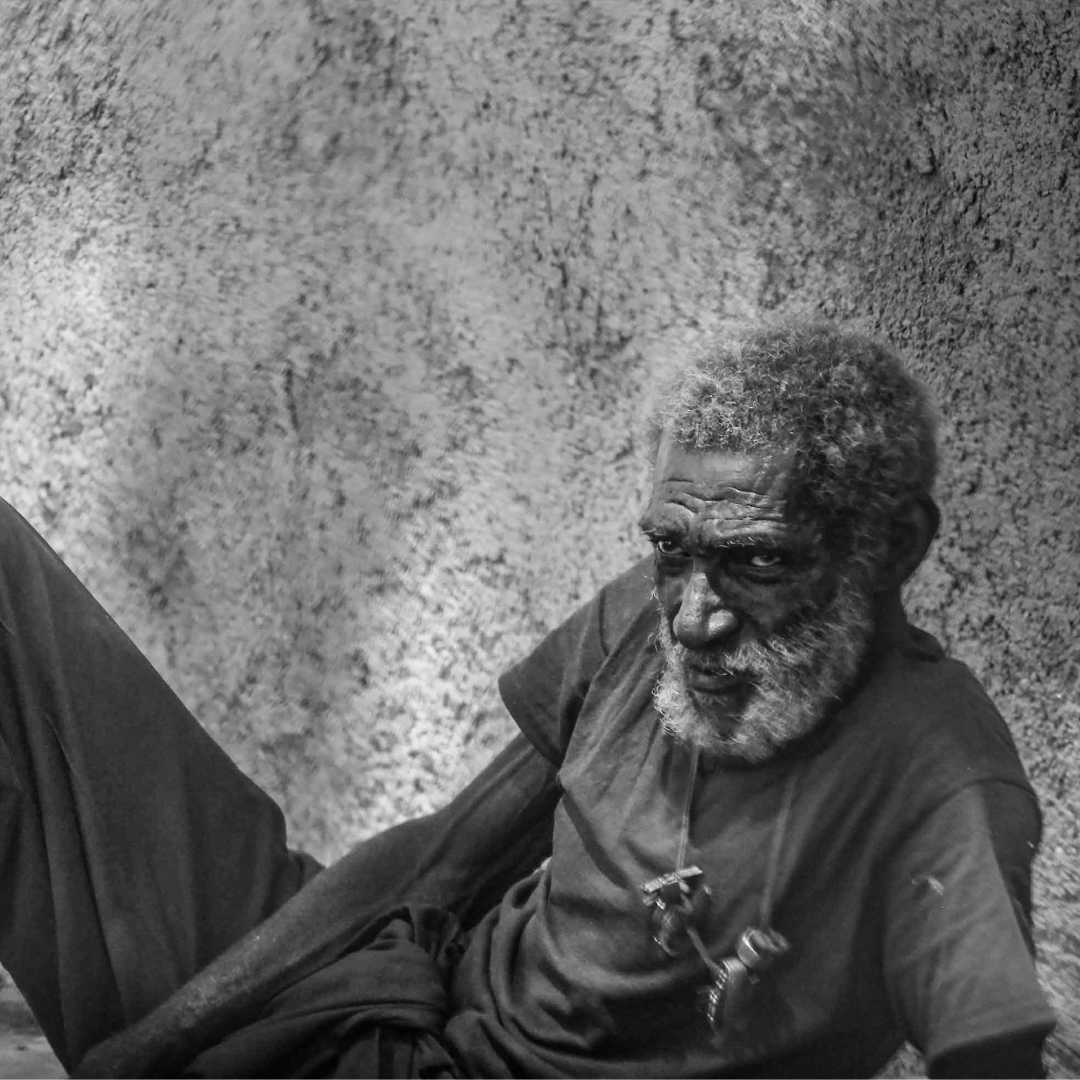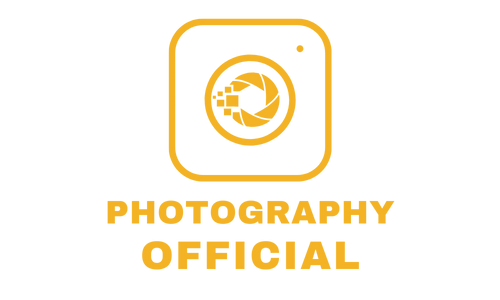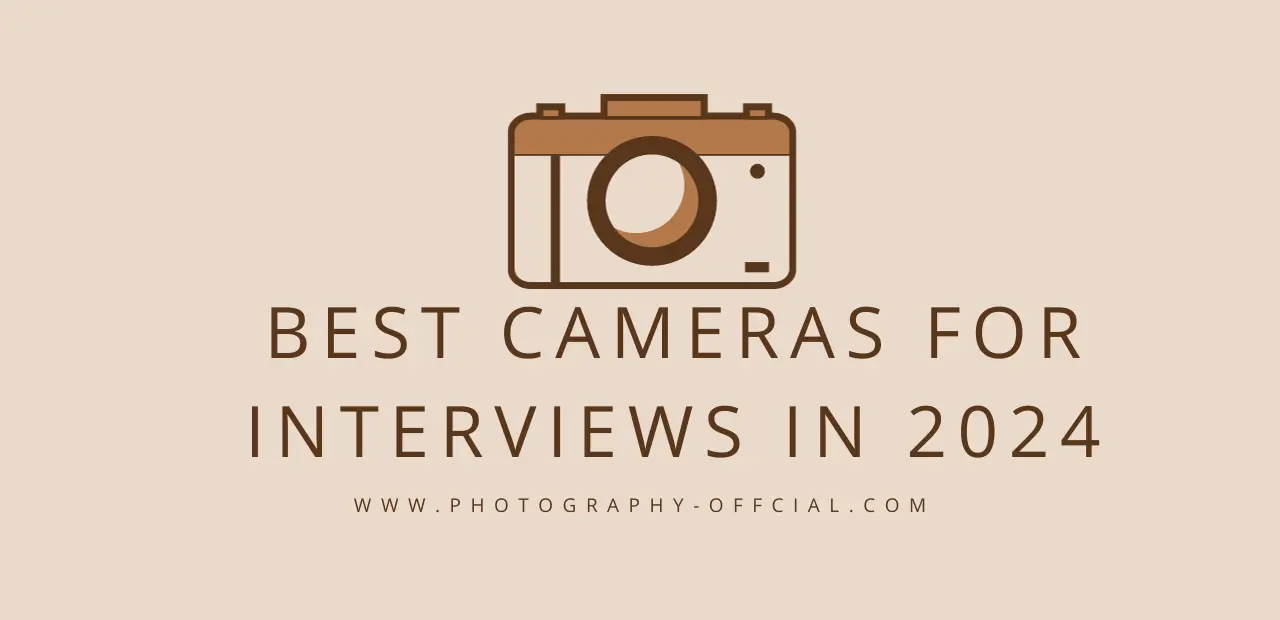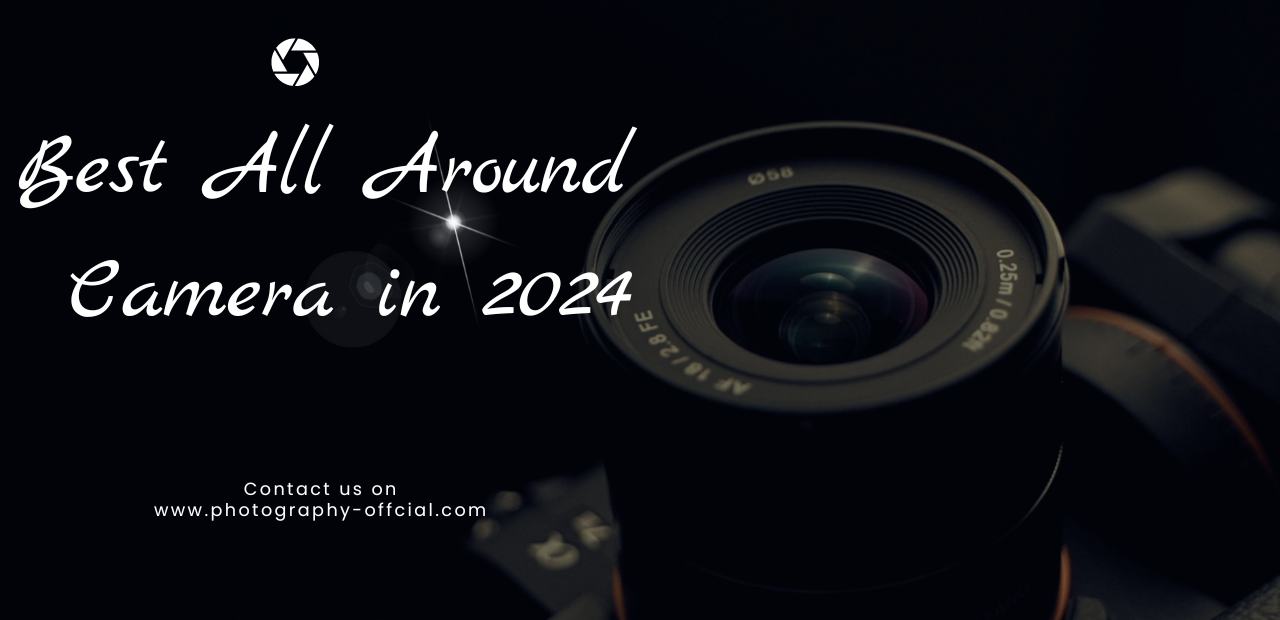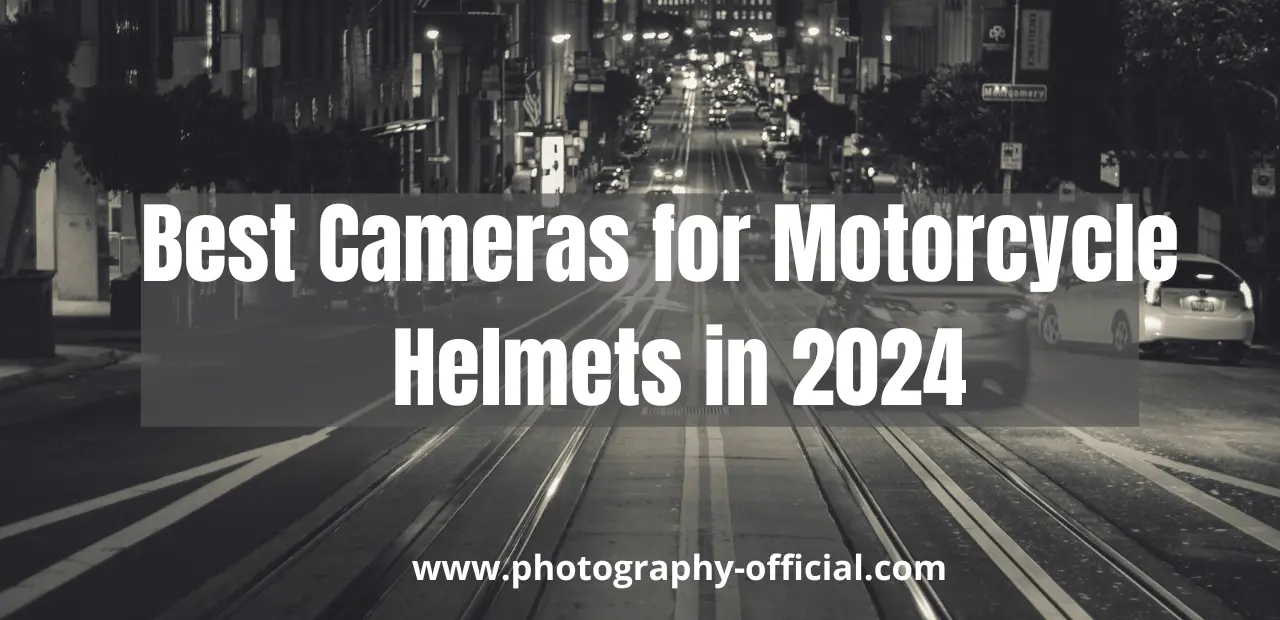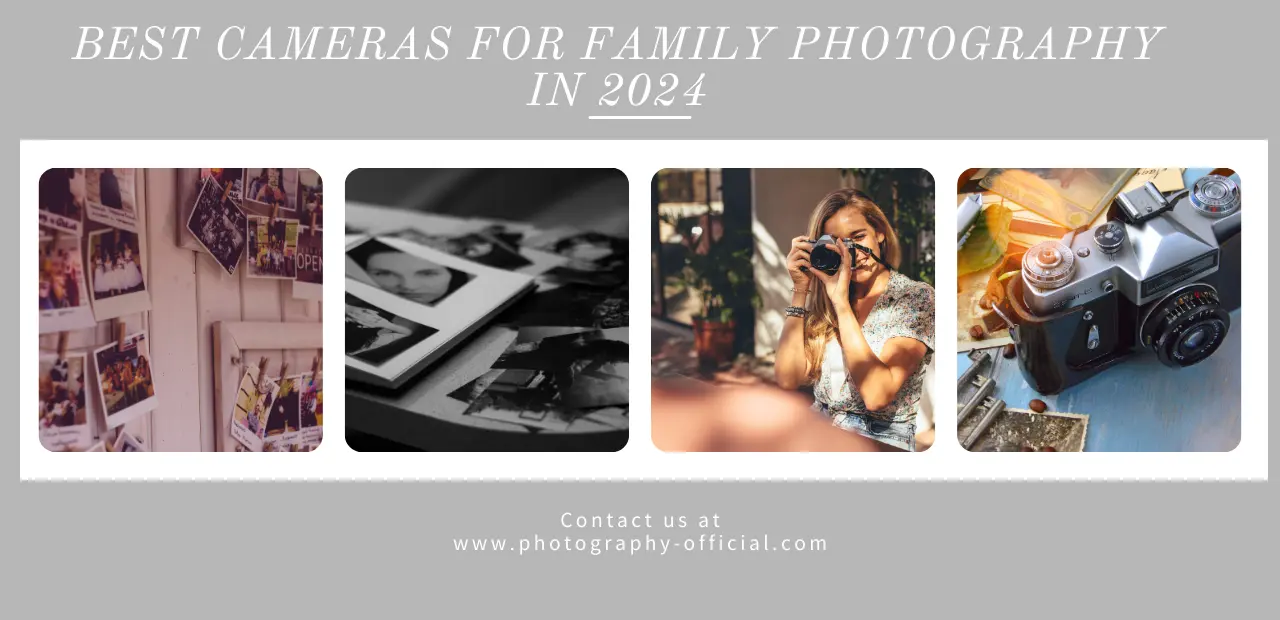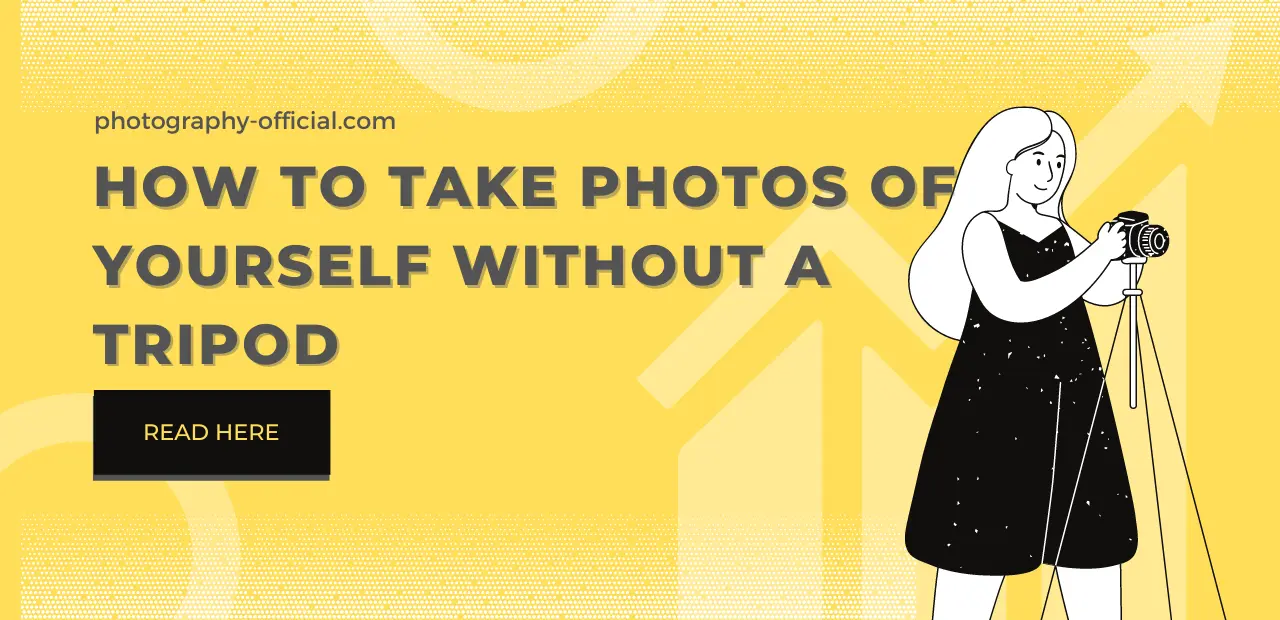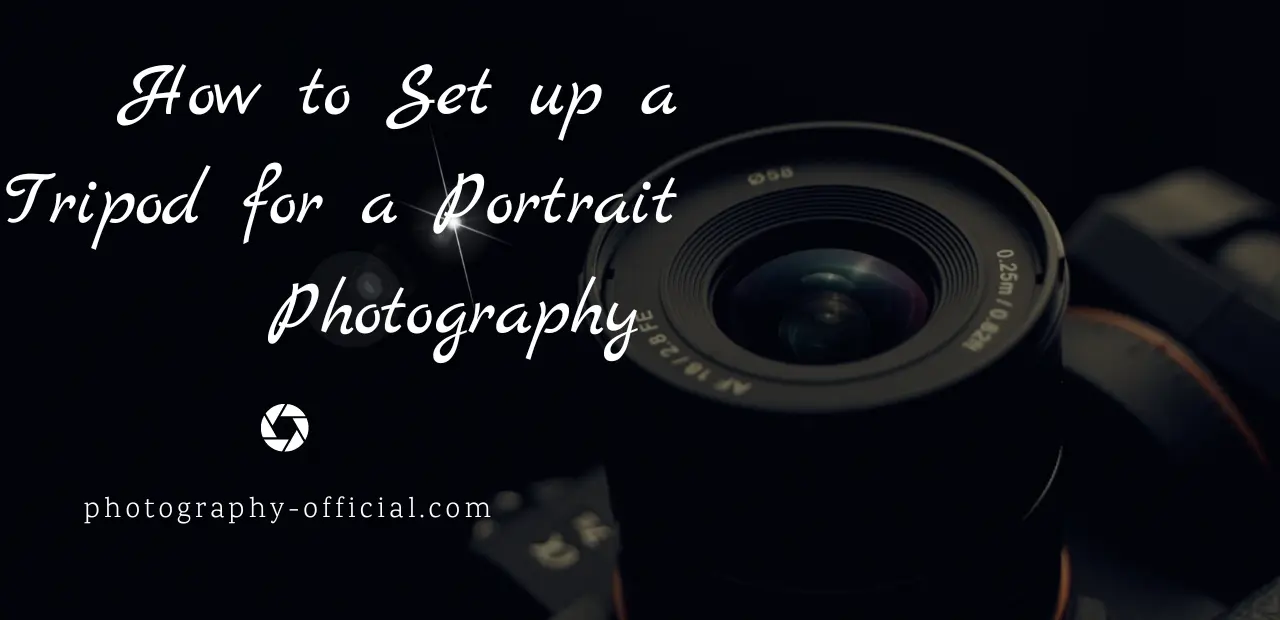Cheapest Medium Format Film Camera
In the realm of photography, medium format film cameras offer unparalleled image quality. While often associated with high costs, there are affordable options available. This article will explore several budget-friendly medium format film cameras, such as the Yashica Mat-124G, Mamiya RB67 Pro-S, and Hasselblad 500C/M, among others.
Each model’s features, advantages, and suitability for different photographic needs will be objectively evaluated, providing a comprehensive guide for photographers seeking high-quality imaging on a budget.

Yashica Mat-124G

The Yashica Mat-124G, often regarded as a reliable and affordable entry point into medium format photography, stands out due to its ability to deliver high-quality images. This twin-lens reflex (TLR) camera, produced by the Japanese manufacturer Yashica between 1970 and 1986, utilizes 120 or 220 film to capture photographs in the classic 6×6 format, resulting in sharp, square images with a distinct vintage appeal.
The Mat-124G is equipped with an 80mm f/3.5 Yashinon taking lens, renowned for its capacity to render clear, detailed images with excellent contrast. The camera’s Copal-SV shutter is capable of speeds ranging from 1 to 1/500th of a second, plus bulb mode, offering flexibility for a variety of shooting conditions. The camera also features an attached selenium light meter, providing an accurate, battery-free exposure reading.
One of the main draws of the Mat-124G is its simplistic design and user-friendly nature. The focusing knobs and film advance crank are intuitively placed for ease of use, while the waist-level viewfinder offers a bright, clear view of the subject. The camera’s compact, sturdy build makes it a pleasure to hold and operate.
Lastly, the affordability and availability of the Mat-124G further enhance its appeal for individuals stepping into medium format photography. Despite being discontinued, the camera remains popular on the second-hand market, offering a cost-effective solution for photographers seeking the richness and depth of medium format without the need for a hefty investment. In conclusion, the Yashica Mat-124G’s blend of quality, simplicity, and affordability make it a standout choice among entry-level medium format cameras.
Mamiya RB67 Pro-S

Undoubtedly, the Mamiya RB67 Pro-S is a remarkable medium format film camera, offering unparalleled image quality and robust build. Based on Mamiya’s experience in the professional photography arena, this model was designed to meet the demands of studio and field photographers alike.
The camera features a revolutionary revolving back system, which allows for quick changes between horizontal and vertical compositions without moving the camera or subject. Its modular design facilitates ease of use and maintenance. The Pro-S model particularly improves upon previous versions with its added safety measures, such as the double-exposure prevention mechanism.
The Mamiya RB67 Pro-S utilizes a leaf shutter system, enabling flash synchronization at all shutter speeds for greater versatility in different light conditions. The camera accepts 120 and 220 roll film, providing 10 or 20 exposures respectively. The interchangeable lens system accommodates various Mamiya Sekor lenses, ranging from ultra-wide angle to telephoto, offering a broad spectrum of creative possibilities.
In terms of image quality, the Pro-S delivers superior results. Its 6x7cm negative size significantly surpasses 35mm format in detail capture, rendering sharp, richly textured images with a wide tonal range. The bellows focusing system allows for precise control over depth of field, further enhancing the image quality.
However, the camera’s weight and size might be a drawback for some photographers, especially those accustomed to smaller, lighter 35mm cameras. In conclusion, despite its heft, the Mamiya RB67 Pro-S stands out as a cost-effective medium format camera, ideal for those seeking high-quality images without the high-end price tag.
Bronica ETRS

Shifting our focus to the Bronica ETRS, we delve into the realm of versatility embodied in this medium format camera, acclaimed for its compact design and exceptional functionality. Introduced in the mid-1970s, the ETRS is part of Bronica’s ETR series. It sets itself apart from its competitors through its modular design, which allows users to interchange lenses, finders, and backs to suit different shooting conditions.
The ETRS uses 120 or 220 film, offering a 6×4.5 cm frame that yields 15 or 30 exposures, respectively. The camera’s leaf shutter lenses contribute to its high image quality, with a shutter speed range of 1 to 1/500 sec plus Bulb and Time settings. This versatile camera also features a mirror lock-up mechanism, which minimizes vibration and guarantees sharper images.
One of the key strengths of the Bronica ETRS is its range of high-quality Zenzanon lenses, from the wide-angle 40mm to the telephoto 250mm. These lenses, known for their sharpness and color fidelity, enhance the camera’s overall performance.
However, like all equipment, the ETRS has its drawbacks. Its weight, for instance, can be a limitation for some users. Additionally, while its mechanical reliability is commendable, any electronic failure can render the camera inoperative.
Hasselblad 500C/M

While the Bronica ETRS has proven to be a versatile and functional medium format camera, our attention now turns to the Hasselblad 500C/M, a model renowned for its exceptional image quality and timeless design. With a history deeply rooted in space travel, the 500C/M has captured some of the most iconic images in human history.
The 500C/M offers a variety of features that have made it a favorite among professional photographers:
- The interchangeable film backs, allowing for quick changes in film type or ISO speed mid-roll.
- The leaf shutter system, capable of syncing with flash at any shutter speed.
- The modular design, enabling users to customize their camera to suit specific needs.
The build quality of the 500C/M is beyond reproach, with a solid construction that feels reassuring in hand. The Zeiss lenses, synonymous with the Hasselblad brand, provide image quality that rivals modern digital systems. The camera’s manual controls offer full creative freedom, emphasizing the art of photography through thoughtful composition and exposure decisions.
However, the 500C/M also presents challenges. The unique waist-level viewfinder, while outstanding for studio and landscape work, can be less practical for dynamic street or event photography. The camera’s weight and the cost of both the body and lenses are also considerations.
Rolleicord

The Rolleicord, known for its compact design and impressive lens clarity, presents an affordable alternative to the Hasselblad 500C/M, and is perfect for beginners interested in exploring the world of medium format photography. With its twin-lens reflex (TLR) design, the Rolleicord offers a unique shooting experience that is both intuitive and satisfying, making it an exceptional choice for photographers new to the medium format arena.
Built with the precision of German engineering, the Rolleicord is renowned for its robustness and reliability. The camera generally comes equipped with a Schneider-Kreuznach or Zeiss Triotar lens, both of which offer exceptional sharpness and contrast. The camera’s leaf shutter, with speeds ranging from 1 to 1/500th of a second, further enhances its versatility.
The Rolleicord’s waist-level viewfinder, while providing a different perspective than eye-level finders, is large and bright, making it ideal for composition work. The camera’s film advance mechanism, which is manually operated, encourages a thoughtful pace of photography and provides an authentic touch of nostalgia.
When comparing the Hasselblad 500C/M and the Rolleicord, it’s crucial to consider the cost. While both cameras deliver excellent image quality, the Rolleicord is significantly more affordable, making it a more accessible entry point into medium format photography.
That said, the Hasselblad 500C/M does offer interchangeable lenses and backs, giving it a broader range of capabilities. But for those looking for a durable, budget-friendly camera that still delivers high-quality images, the Rolleicord is a commendable choice.
Pentax 645

Transitioning to our next point of discussion, we will delve into the features of the Pentax 645, a medium format film camera, and compare its functionalities with the previously discussed Rolleicord. The Pentax 645, introduced in 1984, is considered a classic in the realm of medium format film cameras. It stands as a strong contender for the title of the most affordable and user-friendly medium format camera.
The Pentax 645 demonstrates a series of features that showcases its superiority:
- It supports both manual and autofocus lenses, unlike the Rolleicord’s exclusively manual focus.
- It boasts of a built-in motor drive for automatic film advance and rewind.
- It offers interchangeable viewfinders for added versatility.
While the Rolleicord has a twin-lens reflex system which requires looking down into a waist-level finder, the Pentax 645 utilizes a single-lens reflex system, allowing the user to view directly through the lens. This feature makes composition and focusing more straightforward, especially for beginners in medium format photography.
In terms of image quality, both cameras deliver excellent results, with the Pentax 645 having a slight edge due to its larger 6×4.5cm negatives, which can yield finer details.
The Pentax 645, however, is heavier and bulkier compared to the compact Rolleicord. In this aspect, the Rolleicord may be more suitable for photographers frequently shooting on the move.
Zenza Bronica EC

Remarkably, the Zenza Bronica EC, another affordable medium format camera, exhibits a unique blend of mechanical reliability and optical performance. This camera, which emerged in the late 1960s, was designed to challenge the dominance of Hasselblad in the medium format market. It is considered an uncompromising workhorse, highly valued for its robust construction and the quality of its Nikkor lenses.
- It boasts a modular design, allowing photographers to swap out lenses, film backs, and viewfinders, thus creating a versatile photographic system.
- The Bronica EC operates on a focal-plane shutter system, offering a shutter speed range from 1 second to 1/1000th of a second, plus Bulb mode.
- It uses 120 or 220 roll film, providing 12 or 24 exposures respectively, and can be adapted for 135 format for panoramic shots.
The Bronica EC’s built-in metering system, although rudimentary by modern standards, provides a reliable guide for exposure settings. The metering system is powered by a PX625 mercury battery, which can be replaced with a modern equivalent. The camera’s weight and solidity inspire confidence, while its mechanical nature ensures operation without reliance on electronics.
In terms of optical performance, the Bronica EC’s Nikkor lenses are renowned for their sharpness and contrast. They offer a range of focal lengths from 40mm to 200mm, catering to various photographic needs.
Kiev 88

The Kiev 88, often referred to as the ‘Hasselbladski’ due to its similar design to the Hasselblad 1600 F, is a Soviet medium format camera that offers an economical entry point to 6×6 photography. Manufactured by the Arsenal Factory in Ukraine, the Kiev 88’s roots can be traced back to 1957, and it remained in production until the late 1980s. It is a fully mechanical camera, requiring no batteries for operation, which adds to its charm and reliability.
Staying true to its Hasselblad inspiration, the Kiev 88 features an interchangeable viewfinder and film back system. This allows users to swap between a waist-level finder and a prism finder, and also permits mid-roll film changes. The camera is compatible with both 120 and 220 film, offering 12 and 24 exposures respectively.
The Kiev 88’s lens mount is a breech-lock type, similar to the Pentacon Six. However, it’s worth noting that while the camera employs the same mount type, the flange focal distances differ – meaning that while the Pentacon Six lenses can be attached to the Kiev 88, they may not focus accurately.
One area where the Kiev 88 lacks is its shutter speed range, which is limited to 1/2 – 1/1000s, including Bulb mode. It’s also a relatively heavy camera, weighing in at 1.8 kg with the standard Volna-3 80mm f/2.8 lens.
Despite its quirks, the Kiev 88 offers a unique and economical route into medium format film photography. It’s a genuine piece of photographic history that continues to be appreciated by enthusiasts and collectors alike.
Holga 120N

Several photographers appreciate the Holga 120N for its affordability and simplistic design, making it an attractive choice for those looking to delve into medium format film photography. The 120N is part of the larger Holga line, which has a reputation for producing unique, dream-like images due to its plastic lens and minimal features. This camera has a certain charm, and its idiosyncrasies are often seen as advantages rather than drawbacks, lending to the creativity and uniqueness of each shot.
The Holga 120N boasts several notable features:
- A plastic lens that produces soft, dreamy images with vignetting and light leaks that add character to each shot.
- Two aperture settings, f/8 for cloudy and f/11 for sunny, and a shutter speed of 1/100s, providing simplicity in operation.
- The ability to shoot 120 format film, offering a larger negative size compared to the standard 35mm, which translates into higher resolution and detail.
Despite its simplicity, the Holga 120N is not without its challenges. The lack of a light meter requires photographers to understand and manually control exposure settings, which may be a hurdle for some beginners. Additionally, the unpredictable nature of its plastic lens may not appeal to those seeking precision and consistency in their images.
Mamiya 645 Super

Both the Pentax 645 and the Rolleicord demonstrate numerous impressive features, yet none of them offer the modular design and interchangeable film backs characteristic of the Mamiya 645 Super. This Japanese model, launched in 1985, has introduced a new level of flexibility to medium format photography.
The Mamiya 645 Super’s modular design allows for the customization and adaptation of the camera to suit the photographer’s specific needs. Its interchangeable backs are a key feature that separates it from other medium format cameras like the Pentax 645 and Rolleicord. These backs enable photographers to switch between film types and ISOs mid-roll, providing unprecedented versatility in shooting scenarios. Additionally, the camera’s design allows for the use of a power winder and auto exposure metered finders, further expanding its functionality.
The Mamiya 645 Super, despite its age, still holds its own against modern cameras. Its superb build quality, combined with its image quality, which is delivered by a variety of Mamiya Sekor lenses, continues to impress even the most discerning photographers. Moreover, its 6×4.5cm format provides a larger negative area than 35mm, thereby offering higher resolution and finer detail.
While the Mamiya 645 Super may lack the convenience of more modern digital cameras, it compensates with its exceptional flexibility and image quality. It is a testament to the enduring appeal of film photography and serves as a reminder that innovation and adaptability can coexist within the confines of classic design. Thus, it stands as a considerable choice for those looking for an affordable entry into medium format film photography.
Conclusion
In conclusion, the market offers a variety of affordable medium-format film cameras that cater to different photographer’s needs. These range from the Yashica Mat-124G, known for its portability and quality, to the more robust and versatile Mamiya RB67 Pro-S. For classic aesthetics and reliable performance, the Hasselblad 500C/M and Rolleicord are excellent options. The Mamiya 645 Super, Zenza Bronica EC, Kiev 88, and Holga 120N also offer unique features that make them viable options for photographers on a budget.
If you would like to read more interesting lists, follow this link.


